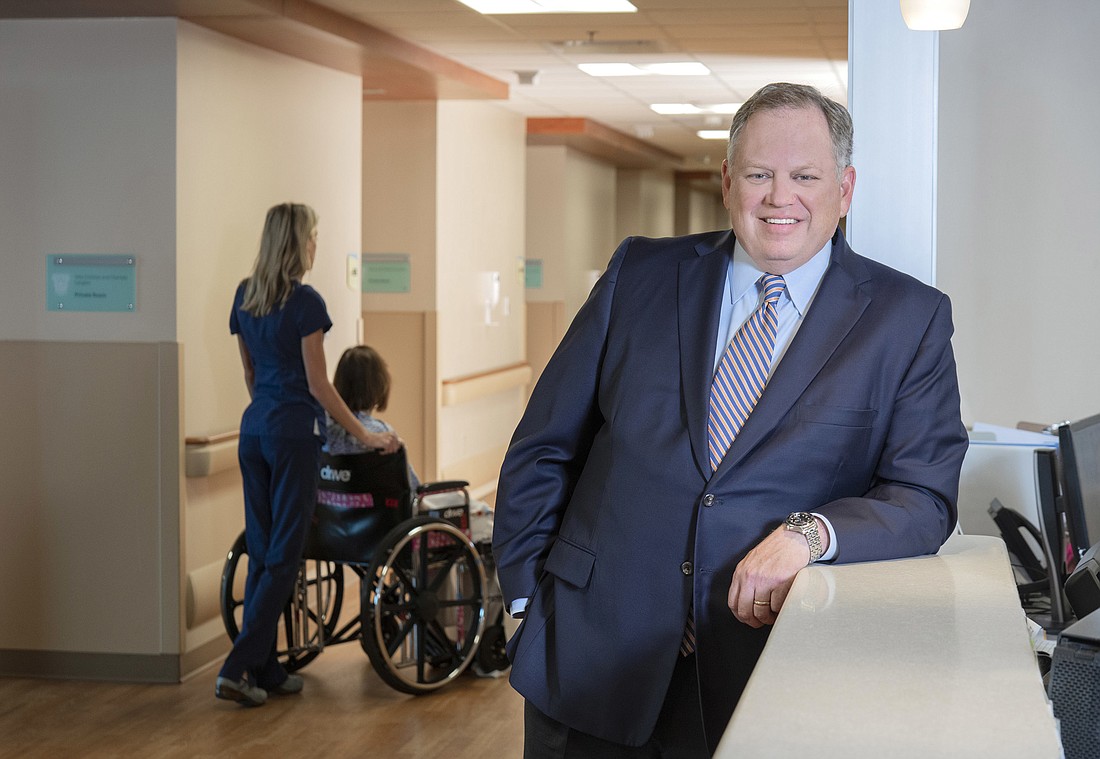- December 13, 2025
-
-
Loading

Loading

Few things illustrate the coronavirus pandemic-led budget crisis at Sarasota Memorial Hospital better than an N95 mask.
Before COVID-19, on average, the community nonprofit hospital paid about $0.51 cents per mask, buying in bulk. In the past three months, that price has gone up to $3 to $4 a mask. “It’s astronomical,” SMH President and CEO David Verinder says.